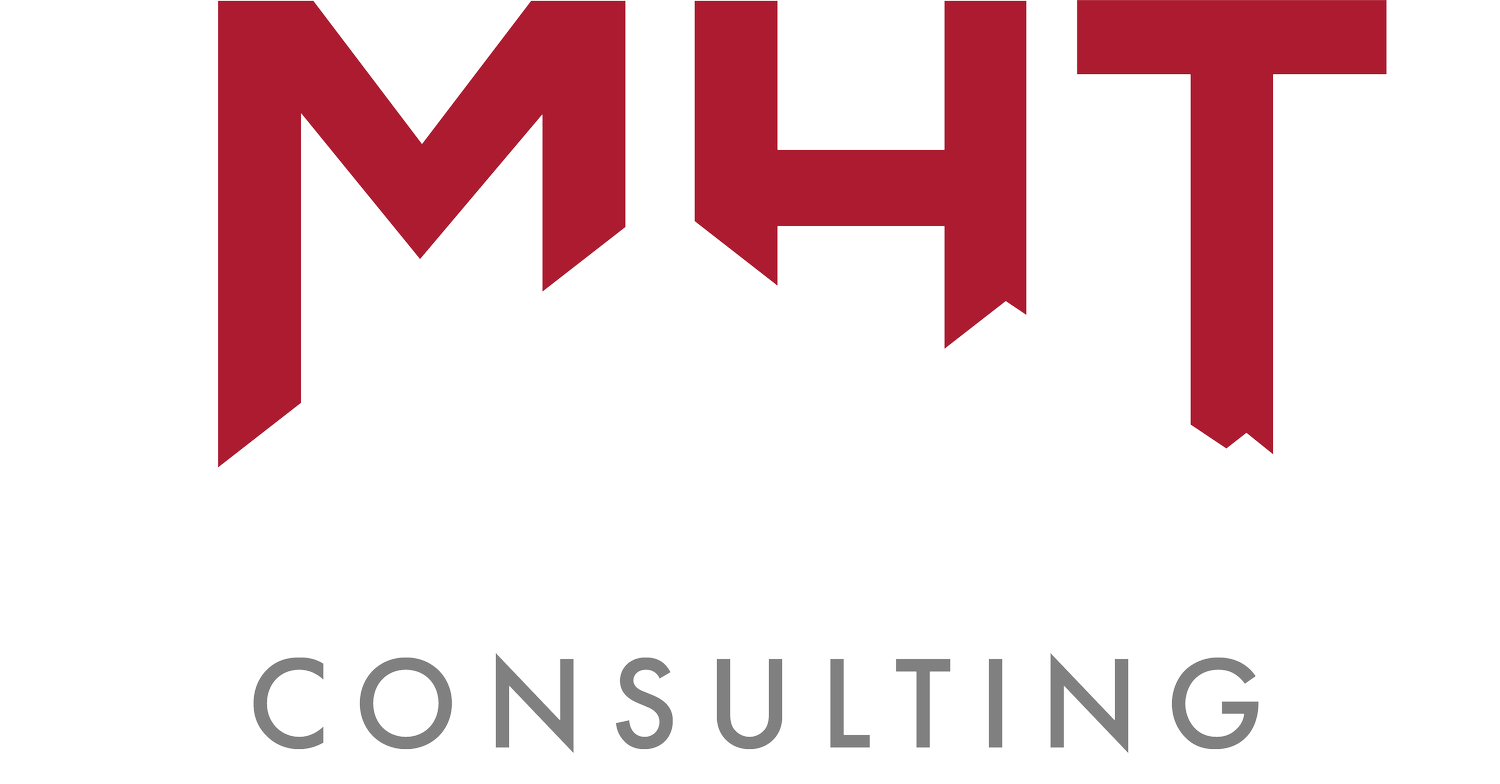Air Compliance
Air compliance means following state and federal air quality rules to limit pollution and protect public health. These rules, including those under the Clean Air Act (CAA), set standards for how much pollution industrial facilities can release into the air and require emission control devices.
Key programs under the Clean Air Act include:
New Source Review (NSR): Requires permits and pollution controls for new or modified sources.
Title V Operating Permits: Consolidate all air requirements for a facility into one comprehensive permit.
New Source Performance Standards (NSPS): Set emission standards for specific equipment and processes.
The Greenhouse Gas (GHG) Reporting Program - Part 98 is authorized under the CAA and requires facilities to monitor and report their greenhouse gas emissions annually.
Each of these programs plays a role in making sure facilities operate responsibly and stay within allowable emissions limits.
State-Specific Rules
Compliance requirements vary by state, and knowing the rules in your area is important. Here are just a few examples of state regulations:
Oklahoma: Facilities must comply with the Oklahoma Department of Environmental Quality’s permitting and reporting requirements, which include state-specific emissions thresholds and air monitoring.
Texas: The Texas Commission on Environmental Quality enforces stricter rules for emissions permits, such as the Standard Permit Program for oil and gas facilities.
New Mexico: Operators must meet the New Mexico Environment Department standards, which include regulations on ozone precursor emissions in the state’s oil and gas basins.
We also assist facilities in other major oil and gas states. Whether you’re operating in Colorado, North Dakota, Ohio, Wyoming, or beyond, we understand and can help with air quality requirements across the country.
What Air Compliance Involves
For oil and gas facilities, air compliance typically involves:
Staying within emissions limits.
Submitting reports on time.
Keeping records organized for audits and inspections.
These tasks may seem straightforward, but the details can add up fast. If you’re not sure where to start, there are ways to make the process easier and stay compliant.
Common Air Compliance Problems Facilities Run Into
Here are some of the challenges we see most often:
Keeping up with changing rules. Regulations shift often, and it’s not always clear which changes apply to your specific operations - or when they go into effect.
Responding to “super emitter” events. With satellite monitoring becoming more common, facilities are now being flagged for large emissions events in near real time. If your site is identified, you may be contacted by a state agency and required to respond quickly, even if you weren’t aware of the event.
Avoiding enforcement actions. Reporting errors, missed deadlines or incorrect emissions data can trigger costly enforcement, sometimes with very little warning.
Managing the workload. Tracking emissions, submitting reports, and keeping everything organized for audits takes time and resources. It’s easy for something to fall through the cracks.
Making Air Compliance Easier
Whether you're trying to get ahead of issues or starting fresh, these steps help keep things under control:
Know what applies. Understand both federal and state rules, including the ones that change often.
Check emissions regularly. Early detection prevents long-term problems.
Keep records organized. A simple system makes audits, renewals and inspections less painful.
Audit proactively. Especially after changes like acquisitions, audits can reveal problems while there's still time to fix them.
There’s a reason many facilities bring in outside support to help manage the details, provide tools and keep everything aligned. If you get to that point, we’d be happy to help.
Air Compliance FAQs
I just received a letter from the EPA or a state agency. What should I do next?
First, contact your legal counsel to ensure any communication is protected under attorney-client privilege. Then, get in touch with us. We can help you review the issue, understand your compliance position, and develop a plan to move forward. Acting quickly shows good faith and can help reduce risk.
What happens if I’m not compliant?
You could face fines, more frequent inspections, or even a temporary shutdown. The sooner you address the issue, the better your outcome will likely be. If enforcement action has already started, we recommend a legal review and a proactive compliance response.
What’s a “super emitter response” and why does it matter?
Facilities can now be flagged by agencies using satellite data to detect large emissions events, often in near real time. If your site is identified as a super emitter, you may be contacted and given as little as 14 days to respond. We can help you prepare for and respond to these notices quickly and clearly.
How do I know what rules apply to me?
It depends on your location, the type and size of your operation, and your emissions profile. State and federal regulations don’t always align, and we can help you figure out exactly what applies to your facility.
Should I audit newly purchased facilities for compliance?
Yes - this is one of the best things you can do early. We can help you take advantage of state self-audit programs, which often allow you to fix issues and avoid penalties if you report them within a specific timeframe. It’s a smart way to reduce risk and confirm what you’re inheriting.
How often should I review compliance?
At a minimum, most facilities should conduct annual reviews. However, depending on your permits or your state, you may need more frequent checks. Regular reviews help catch issues early and keep you ahead of enforcement.
